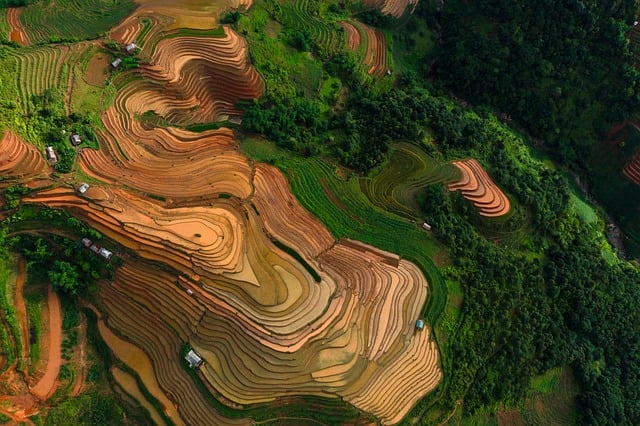Real estate development in deserts offers a chance to create premier outdoor recreation spaces while preserving natural habitats. By integrating sustainable practices, luxurious amenities, and educational experiences, developers can cater to adventure seekers, blending structured facilities with natural landscapes. This includes dedicated hiking trails, rest areas, gear shops, open-air gathering spaces, and stargazing decks, promoting responsible land management and eco-friendly tourism through native plant landscaping and water conservation. The goal is to provide a balanced haven for outdoor enthusiasts while ensuring the longevity of desert ecosystems for future generations.
Discover the magic of outdoor desert recreation with our insightful guide. Explore how real estate development plays a pivotal role in unlocking this unique experience, from shaping breathtaking landscapes to providing amenities for every adventure seeker. Learn about innovative design strategies and environmental considerations that ensure the sustainability of these natural oases. Uncover why strategic real estate planning is a game-changer, fostering long-term enjoyment for all.
Unlocking the Potential: How Real Estate Shapes Outdoor Desert Recreation

Unlocking the Potential: How Real Estate Shapes Outdoor Desert Recreation
The landscape of outdoor desert recreation is continually evolving, and real estate plays a pivotal role in this transformation. The development and management of properties near scenic deserts attract both local and international visitors seeking unique experiences. Well-planned real estate projects can preserve natural habitats while offering luxurious accommodations and easy access to outdoor activities like hiking, camping, and stargazing. This balance ensures that future generations can also enjoy the tranquility and wonders of these desert landscapes.
Real estate developers have a responsibility to integrate sustainable practices into their designs. By utilizing local materials, implementing eco-friendly technologies, and promoting responsible tourism, they contribute to the long-term preservation of the delicate desert ecosystem. Additionally, strategically located resorts and retreats can serve as gateways, educating visitors about the region’s history, culture, and environmental significance, thereby fostering a deeper connection with nature.
Creating a Gateway Experience: Design and Amenities for Every Adventure Seeker

Creating a gateway experience involves crafting a real estate destination that caters to every outdoor enthusiast’s needs. The design should be multifaceted, offering a blend of structured amenities and natural landscapes. Imagine a place where adventure seekers can plan their excursions, rest, and refuel, all within a scenic setting. This could include dedicated trailheads with clear signage, rest areas equipped with basic supplies, and even specialized shops for gear rentals or purchases.
The real estate development should embrace the desert environment, utilizing natural materials and sustainable practices to create an immersive experience. Consider open-air gathering spaces, observation decks for stargazing, and scenic lookouts that provide panoramic views of the surrounding desert. By balancing comfort and connection with nature, this gateway will become a sought-after haven for those seeking outdoor recreation and relaxation in the heart of the desert.
Sustaining the Oasis: Environmental Considerations for Long-Term Enjoyment

The desert, with its vast expanse and unique beauty, offers a captivating outdoor recreation experience. However, as more people discover and embrace this natural wonder, it becomes imperative to address environmental considerations for long-term enjoyment. Sustaining the oasis is not just about preserving the landscape; it’s also ensuring that future generations can continue to benefit from and explore these precious spaces.
One key aspect is responsible land management in real estate development. Balancing urban expansion with conservation efforts is crucial. Implementing sustainable practices, such as native plant landscaping and water-efficient irrigation, can help minimize the ecological footprint. Additionally, establishing protected areas and promoting eco-friendly tourism ensures that desert ecosystems thrive while offering recreational opportunities for all to enjoy.






